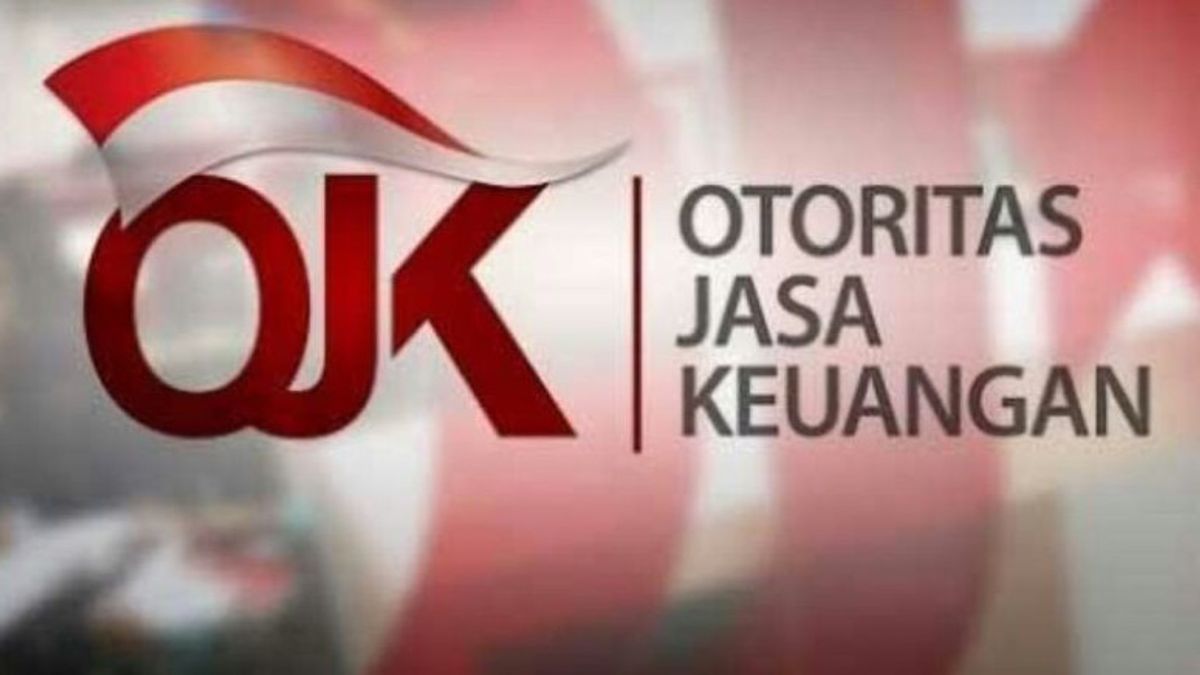JAMBI - Jambi Province has great potential to become a pillar of Islamic economic growth in various sectors such as Islamic fashion and finance, food and halal tourism.
This was said by the Head of the Jambi Province Financial Services Authority (OJK) who also serves as Deputy Chairman of the Jambi Province Sharia Economic Community (MES), Yudha Nugraha Kurata in the "Semarak Jambi Sharia Expo 2022" activity held by Bank Indonesia Jambi Province.
"Jambi has the potential for sharia economic development in several sectors because 95 percent of the population in Jambi Province are Muslims with Jambi Malay culture which is thick with Islamic nuances," said Yudha Nugraha, quoted by ANTARA, Saturday, July 30.
He explained that several other factors that have become strengths for Jambi Province to become pillars of sharia economic growth include the culture of Jambi women as ethnic Malays who are very familiar with Islamic-style clothing, which is a good market for modest fashion trends and the birth of women's fashion entrepreneurs in the modest fashion sector. .
"Including the agricultural, horticultural, and plantation sectors, it always grows positively every year so that it can become a source of developing the halal food business," he explained.
In terms of tourism, Jambi Province has a lot of religious tourism, such as the 1000 pillar mosque, Gentala Throne to religious tourism to Seberang Jambi City and others.
In addition, the hotel business in tourist areas such as Kerinci is mostly run according to sharia.
"This condition encourages the opening of opportunities for the development of the halal tourism business in Jambi Province," he said.
Furthermore, in terms of Islamic finance, the development of Islamic finance also grew positively and steadily.
Assets of Islamic Commercial Banks and Sharia Units in June 2022 were recorded at Rp5.28 trillion and grew by 3.07 percent (yoy).
For financing and third party funds, it was recorded at Rp. 4.01 trillion and Rp. 3.20 trillion and grew by 9.85 percent and 19.95 percent, respectively.
In terms of financing risk (NPF), it was recorded below the threshold, which was 2.34 percent.
The English, Chinese, Japanese, Arabic, and French versions are automatically generated by the AI. So there may still be inaccuracies in translating, please always see Indonesian as our main language. (system supported by DigitalSiber.id)








